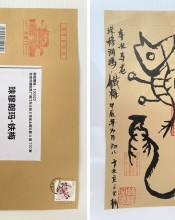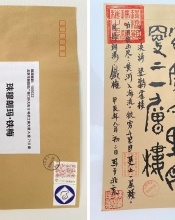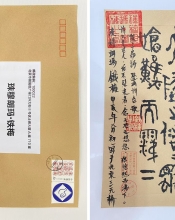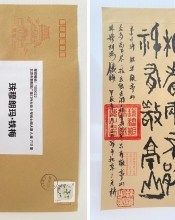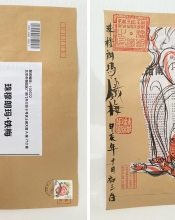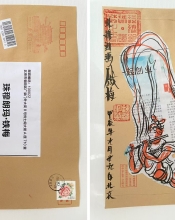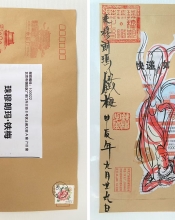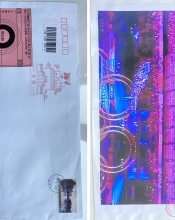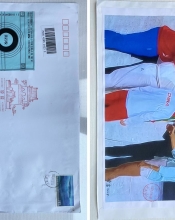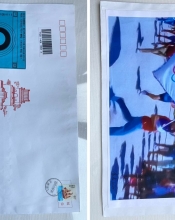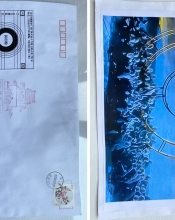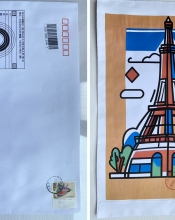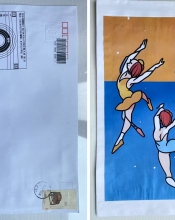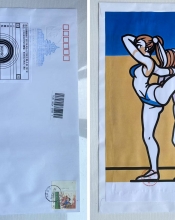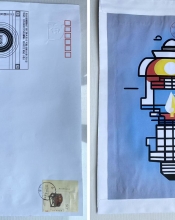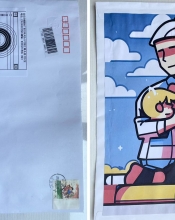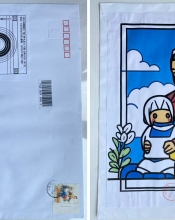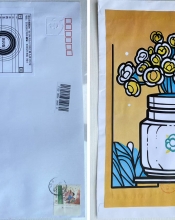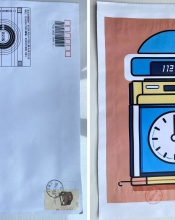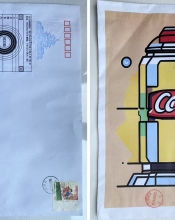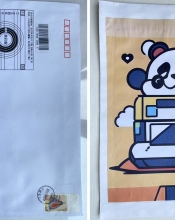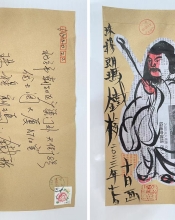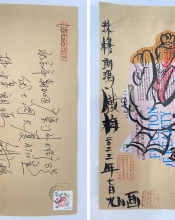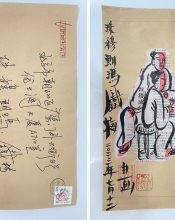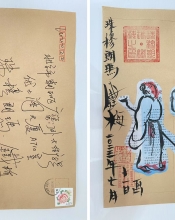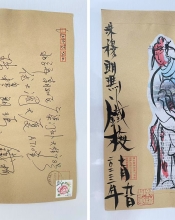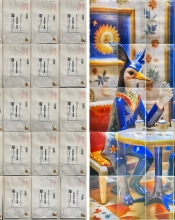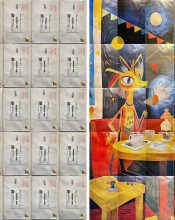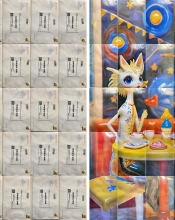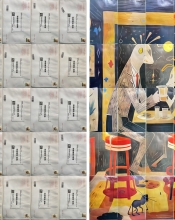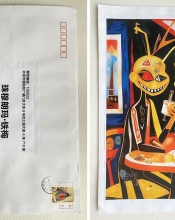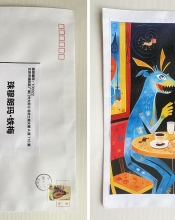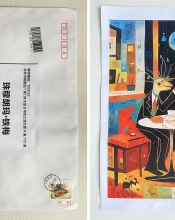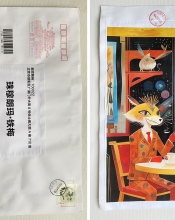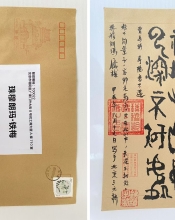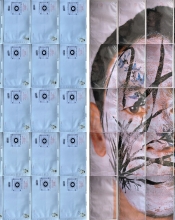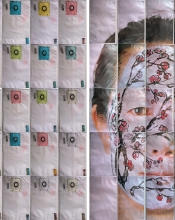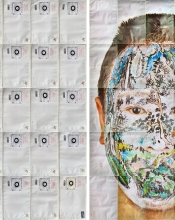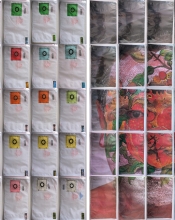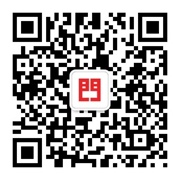Mail Delivery: Chinese Mail Art by Huang Yan and Tie Mei
Artistic Dialogues Across Time and Space
Mail Art as a Witness to History
From 1992 to 2024, Huang Yan and Qomolangma Tiemei's Mail Art Project takes "home" as the core concept and initiates an ongoing dialogue on human history, the present, and the future. The project records and presents a multi-dimensional exchange of information across time and space through the unique medium of the postal system.
The practice consists of three main sections: first, the study and documentation of everyday phenomena in the fields of anthropology, sociology, and even archaeology; second, it includes various forms of data and information collection; and finally, the use of artificial intelligence to guide the creation of content. These works not only reflect individual stories but also touch on a broader socio-cultural context, showcasing the efforts and achievements of contemporary Chinese artists in exploring cross-cultural communication.
It is worth noting that this decades-long artistic experiment is not limited to visual presentation in the traditional sense, but combines physical space with digital virtual worlds to create a new way of interactive experience. It transcends simple chronological or geographical constraints and allows the viewer to engage more deeply in this discussion of the meaning of human existence.
Huang Yan and Qomolangma Tiemei have succeeded in innovating artistic expressions through their mail art projects, while also providing new perspectives for understanding our time.
Huang Mo written on December 18, 2024, in the Beijing studio
The Journey of Mail Art: From Love Letters to Reflections of the Times
Remember the Mail Art between me and Tie Mei
(December 26, 1993 - June 7, 2025)
From December 26, 1993, to June 7, 2025, we will be holding the mail art exhibition 'Delivery' by myself and Tie Mei at the Red Gate Gallery. This journey, spanning over thirty years, is a microcosm of our firsthand experience of the tremendous changes in contemporary Chinese art.
The Mail Art through the act of delivery, accomplishes its mission from content to form within our practice. The transmission of information has existed since ancient times, from the early relay station systems to the issuance of the world's first postage stamp, the 'Penny Black' in the UK in 1840, which marked the beginning of the modern postal revolution and can be regarded as the inception of the human information revolution. This backdrop is rooted in the wave of globalization and industrialization that began after the Italian Renaissance in the 15th century. From the 'Penny Black' in Britain in 1840 to the 'Large Dragon Stamp' issued by the Qing government in China in 1878, the ancient empire was striving to align itself with the world industrial civilization against the backdrop of the Self-Strengthening Movement. Similarly, modern Chinese art was undergoing a profound transformation. The traditional literati art system, like the agricultural societal foundation it relied upon, faced an unprecedented crisis—what is the essence of art? At that time, Chinese students studying abroad were akin to 'stealing fire,' dedicated to the fusion of Chinese and Western iconography. Meanwhile, globally, art movements represented by the French Impressionism and Cubism were rising, and similar artistic trends emerged in China. This process continued until the establishment of the People's Republic of China in 1949, when the basic framework of modern Chinese art was fundamentally established.
Tie Mei and I were born in Northeast China, coinciding with the historic changes of the reform and opening-up in 1978. In the 1980s, experimental art emerged in group forms across the country, and various Western art trends flooded into university campuses through magazines and art books. It was against this backdrop that Tie Mei and I completed our first batch of works at art schools. After graduation, we were assigned to work in two cities about 100 kilometers apart. Thus, 'mailing,' the most traditional method, first entered our communication landscape. During this time, the number of love letters we exchanged reached hundreds, marking the beginning of our mail art practice.
In 1992, I participated in the "Guangzhou: First Biennale of the 1990s Art (Oil Painting Section)" organized by Lv Peng. This experience made me acutely aware that our active involvement in the "New Tide of Art in 1985" had undergone a collective transformation in modern Chinese art. It made me realize that my long-distance love letters with Tie Mei, sent by mail, were not only a transmission of feelings but also a medium for artistic and information exchange, and more importantly, an extremely personalized means of communication. This marked the beginning of our ongoing journey in mail art, which we categorize into "Part One" and "Part Two".
The "Part One" focuses on all aspects of the transformation of Chinese social culture, and its form is closer to a sociological survey report (relevant discussions can be found in the articles of critics such as Johnson Tsong-zung Chang, Wang Lin, and Yi Ying). We mailed the works across the country using point-to-point delivery through post offices, completing a series of nationwide mailing art activities, practicing the information dissemination of art sociology.
“Part Two" begins with the COVID-19 pandemic as its starting point. At that time, the nationwide stay-at-home order reignited our mail art creation. This time, our roles were clearly defined: Tie Mei focused on calligraphy, painting, and newspaper collage, attempting to blend traditional Chinese scholarly art with folk art, creating themes such as "New Mustard Seed Garden," "New Qingming River Picture," and "New Dunhuang." In her works, the brush techniques of scholars, traditional imagery, and the information carried by modern newspapers combined to form a new style that transcends time and space, characterized by social relevance, event-driven narratives, scholarly traits, and contemporaneity. In contrast, my works during this period were inspired by my conceptual photography piece "Tattoo Face" and other works, integrating their images or conceptual elements into my postal letters, which became the main content of my mail.
In addition, we are also continuously trying to use AI technology to create email art, responding to the wave of information technology in our own way.
I believe that the “Mail Delivery: Chinese Mail Art by Huang Yan and Tie Mei”, curated by Brian Wallace at the Red Gate Gallery, will once again demonstrate that in today's highly developed information technology era, mail art remains a unique and vibrant form of artistic expression.
Huang Yan written on May 31, 2025, in the Beijing studio

